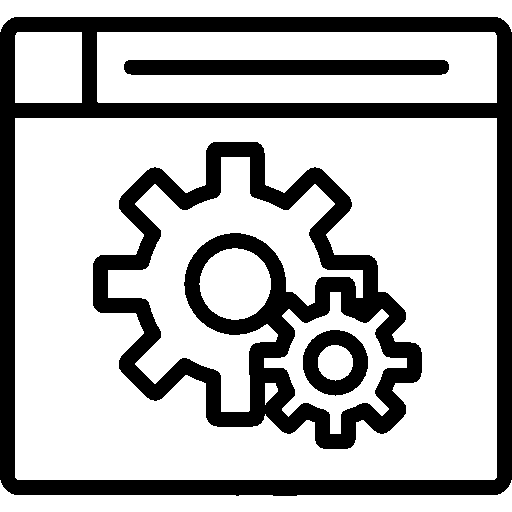Web Forms - Settings
-
General Settings
This section is used to configure the fundamental settings of the web form. Key details such as the title, description, and status of the form are defined here. Additionally, users can manage the form’s activity status and specify the languages in which the form will be presented.

-
Stage Definitions
This section outlines the various stages of the form process. It specifies actions to be taken after the form is submitted, approval workflows, and the roles of different user groups at each stage. Each stage is meticulously defined to ensure that the process progresses smoothly and consistently.

-
Form Definitions
This section is used to define the content and fields of the form. Different fields such as text boxes, drop-down menus, checkboxes are added and the properties of each field (whether it is mandatory or not, default values, validation rules) are set here.

-
Definitions
Under this heading, general definitions and customized settings for the form are established. This section allows for the definition of special operational rules and the adjustment of additional settings to enhance the form’s effectiveness.

-
Automatic Replies
The automatic responses that users will receive after submitting the form are configured in this section. Responses such as thank you messages, confirmation notifications, and error messages after the form is submitted are defined. It is also determined under what conditions these automatic responses will be sent.

-
Authorized Users
Under this heading, users who are authorized to use the form are defined. These settings control which users can edit the form and which users can view or manage the form data. Additionally, different authorization levels can be assigned to each user.

With these settings, the operation and use of web forms can be managed systematically and effectively.




















